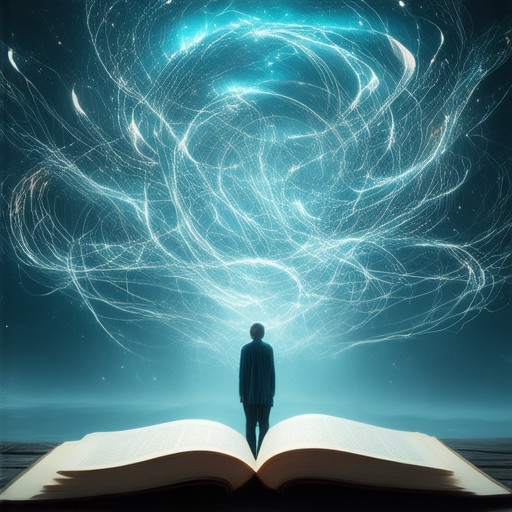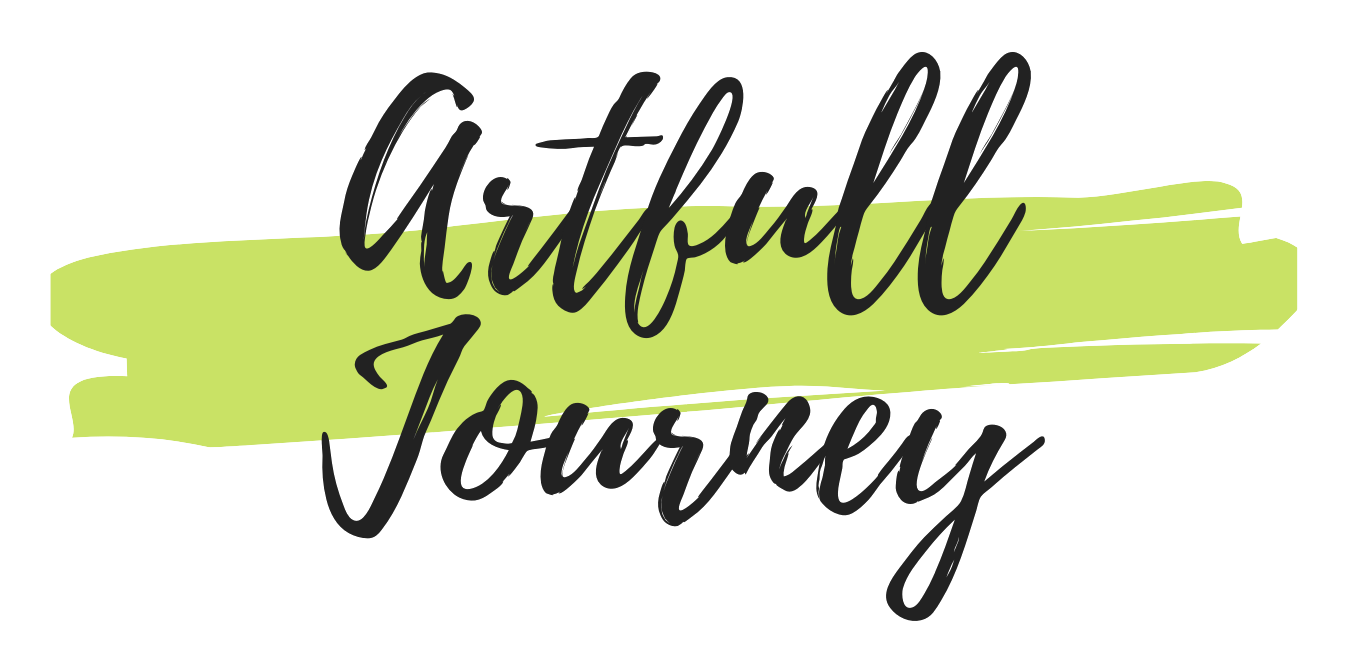Creativity is often hailed as the cornerstone of innovation, yet many struggle to unlock and harness its potential. Whether you’re aiming to enhance creativity skills in students, improve creativity at work, or simply foster a more imaginative mindset, the ability to develop creativity is a valuable asset in today’s fast-paced world. This guide delves into proven methods to cultivate creativity, exploring techniques that can transform your approach to problem-solving, learning, and everyday life. From understanding the basics of creativity to mastering practical strategies for nurturing it, we’ll examine how to develop creativity in children, adults, and even in professional settings. Discover how creativity can be cultivated through consistent practice, a supportive environment, and a willingness to embrace new perspectives. By unlocking the power of creativity, you can unlock endless possibilities and drive meaningful change in your personal and professional life.
Key Takeaways
– Understand the Four P’s (Person, Process, Product, Place) to optimize creativity and drive innovation.
– Leverage the Five A’s (Actor, Action, Artifact, Audience, Affordance) to unlock creative potential and refine your approach.
– Master the Six Pillars of Creativity—including divergent thinking, brainstorming, inspiration, creative flow, experimentation, and execution—to fuel artistic expression and innovation.
– Break down creativity into manageable components to enhance your ability to generate innovative ideas and solutions.
– Foster a supportive environment to inspire creativity and empower individuals to reach their full potential.
– Explore proven methods and frameworks to unlock imagination and innovate effectively in your field.
By focusing on these key elements, you can unlock your creativity, drive innovation, and achieve meaningful results in your endeavors.

Developing Creativity Skills: A Step-by-Step Guide
Improving your creativity is a journey that requires dedication, practice, and a willingness to explore new avenues. Here’s a structured approach to help you enhance your creativity:
1. Understand the Basics of Creativity
Creativity is a multifaceted skill that encompasses idea generation, problem-solving, and innovation. It involves both the cognitive process and the ability to articulate ideas effectively. Recognizing this dual nature can help you approach creativity with a broader perspective.
2. Practice Brainstorming Techniques
Brainstorming is a powerful tool for generating ideas. Techniques like mind mapping and freewriting can unlock your creative potential. Start with simple exercises, such as listing 10 uses for an egg, to warm up your creative muscles.
3. Build Self-Confidence
Confidence is key to creativity. Set small, achievable goals, like completing a drawing or writing a short story, to build your belief in your abilities. Each success contributes to your overall confidence and encourages further creative endeavors.
4. Establish a Creative Routine
Consistency is essential for developing creativity. Dedicate a portion of your day to creative activities, whether it’s journaling, sketching, or composing music. Balance this with adequate rest to allow your mind to recharge and renew.
5. Expand Your Knowledge Base
Learning new skills and exploring diverse fields enriches your creative palette. Choose resources that align with your interests, such as art classes or online courses, to make the learning process enjoyable and relevant.
6. Seek Constructive Feedback
Sharing your work with supportive communities or mentors provides valuable insights. While criticism can be daunting, it offers opportunities for growth and validation of your ideas.
7. Stay Curious and Open-Minded
Maintaining curiosity keeps your mind active and open to new possibilities. Explore various subjects regularly to discover fresh perspectives and inspire creative solutions.
8. Embrace Experimentation
Experimentation is a cornerstone of creativity. Set specific challenges, such as creating a scrapbook or experimenting with digital tools, to explore different techniques without pressure.
9. Prioritize Health and Well-being
Stress management and a healthy lifestyle are vital for creativity. Practices like meditation, exercise, and sufficient sleep contribute to a clear mind and increased productivity.
10. Celebrate Progress and Iterate
Recognize and celebrate your achievements, no matter how small. Iteration is part of the creative process, allowing you to refine your ideas and evolve your style over time.
By integrating these strategies into your life, you can cultivate a robust creativity that thrives on exploration, learning, and personal growth. Remember, creativity is a dynamic skill that develops with patience and persistence.
How to Train Yourself to Be Creative
To enhance your creativity, consider implementing the following structured approach:
- Daily Practice:** Dedicate time each day to engage in creative activities. Start with simple tasks like journaling or sketching to warm up your creative muscles.
- Explore New Experiences:** Expand your horizons by visiting museums, going on nature walks, or learning new skills. These experiences can spark inspiration and offer fresh perspectives.
- Set Creative Challenges:** Push your boundaries by participating in daily creative projects or entering contests. This can help you develop resilience and innovation.
- Mindfulness and Relaxation:** Practice mindfulness or meditation to reduce stress, which can hinder creativity. Take moments to relax and clear your mind.
- Curious Exploration:** Stay curious by asking exploratory questions and embracing the “what if?” mindset, which fosters innovative thinking.
- Techniques and Exercises:** Utilize methods like brainstorming, mind mapping, or visualization to organize thoughts and enhance creativity.
- Organized Environment:** Keep your workspace tidy and filled with inspiring elements like books or artwork to foster a creative atmosphere.
- Learning from Others:** Study the works of creative individuals to gain insights into their processes, using their techniques as a foundation for your own style.
- Risk-Taking and Embracing Failure:** Step out of your comfort zone by trying new things, understanding that failure is a natural part of the creative process.
- Seeking Feedback:** Share your creations with others to receive constructive criticism and gain valuable insights for improvement.
- Positive Mindset:** Cultivate belief in your creative abilities and celebrate small achievements to maintain motivation and perseverance.
By consistently focusing on these areas, you can effectively train yourself to become more creative over time.

Can Creativity Be Developed?
Creativity is a skill that can be cultivated through consistent effort, practice, and the right mindset. While some people may inherit a natural talent for creativity, anyone can enhance their abilities with dedication and purposeful strategies.
Key Strategies to Develop Creativity
- Mind Mapping Techniques: Start with a central idea or problem and explore related concepts by branching out into connected ideas. This helps in generating innovative solutions and connections.
- Embrace Failure as Feedback: Don’t fear mistakes. View challenges and failures as opportunities to learn and grow. This mindset fosters resilience and creativity.
- Set Creative Goals: Define specific, achievable objectives for your creative projects. Break them down into smaller steps to track progress and stay motivated.
- Engage with Diverse Perspectives: Explore different cultures, fields, and perspectives to broaden your horizons. This exposure sparks new ideas and approaches.
- Practice Regularly: Dedication is crucial. Spend time daily on activities that stimulate your creativity, whether it’s journaling, sketching, or experimenting with new ideas.
- Leap into New Experiences: Push yourself beyond your comfort zone. Attend workshops, travel, or engage in hobbies that expose you to fresh ideas and environments.
- Collaborate and Learn: Work with others from diverse backgrounds. Collaborative efforts often lead to unique solutions and inspire new ways of thinking.
- Stay Curious and Open-Minded: Approach problems with curiosity and remain open to different viewpoints. This encourages creative problem-solving and innovation.
- Physical Activities: Engage in exercises that promote brain function, like puzzles, dancing, or yoga. These activities can boost creativity by improving mental sharpness.
- Learn from Others: Study successful creators and analyze their processes. This provides insights and inspiration that can be adapted to your own work.
By implementing these strategies, you can unlock your creative potential and develop a stronger ability to generate innovative ideas. Remember, creativity is a journey that requires patience, experimentation, and a willingness to grow.

The Four P’s of Creativity
The Four P’s of Creativity model helps break down the essential components that contribute to the creation of innovative ideas and solutions. These elements are:
- Person :
- The individual or team responsible for generating the creative concept. Their unique background, skills, personality, and mindset significantly influence the outcome.
- Example: A designer’s personal style and problem-solving approach can greatly impact the final product.
- Process :
- The systematic approach or method used to develop ideas. This includes brainstorming techniques, mind mapping, lateral thinking, and iterative refinement.
- Example: Using a structured brainstorming session followed by prototyping and testing phases can lead to more effective solutions.
- Product :
- The tangible or intangible result of the creative process. This could be a new invention, a groundbreaking idea, or a revolutionary artwork.
- Example: A successful marketing campaign created through creative thinking.
- Place :
- The physical or virtual environment where creativity occurs. Factors like lighting, noise levels, space layout, and access to tools can affect the creative process.
- Example: A quiet, inspiring studio space with natural light can foster greater creativity compared to a noisy, cluttered environment.
By understanding and optimizing these four elements, individuals and teams can enhance their ability to generate innovative and impactful ideas.
The 5 A’s of Creativity
The concept of creativity has long been explored through various frameworks, with one prominent model being the Four P’s of Creativity: Person, Process, Product, and Press. However, a more recent framework known as the Five A’s of Creativity offers a unique perspective. This framework consists of Actor, Action, Artifact, Audience, and Affordance, each playing a crucial role in the creative process.
1. Actor
The Actor represents the individual or group responsible for creating the innovative idea or work. This could be an artist, designer, writer, or any creative professional. The effectiveness of the Actor often hinges on their mindset, passion, and skill set. At Artful Journey, we believe every creator has the potential to unlock their creativity, regardless of their background or expertise.
2. Action
Action refers to the sequence of steps or processes taken to bring a creative idea to life. This includes brainstorming sessions, experimentation, refinement, and execution. The quality of the Action phase heavily influences the final outcome. By fostering a structured yet flexible approach, creators can maximize their productivity and innovation.
3. Artifact
An Artifact is the tangible or intangible result of the creative process. This could be a painting, sculpture, design, or even a concept. At Artful Journey, we celebrate all forms of artistic expression, whether digital or traditional. Our platform provides resources to help creators transform their ideas into meaningful Artifacts.
4. Audience
The Audience is the intended recipient of the creative work. Understanding who your Audience is, and what resonates with them, is crucial for creating impactful Artifacts. At Artful Journey, we encourage creators to explore diverse perspectives and tailor their work to connect deeply with their target Audience.
5. Affordance
Affordance refers to the opportunities or resources available to the Actor that facilitate creativity. This could be tools, environments, or social networks. At Artful Journey, we advocate for creating an environment where creativity thrives, offering access to workshops, communities, and inspiration to fuel your creative journey.
By focusing on these five essential elements, creators can approach their work with a fresh perspective and unlock their full potential. Explore more creative insights and resources on our platform, where inspiration meets execution.

The 6 Pillars of Creativity
Creativity is a multifaceted skill that can be broken down into distinct yet interconnected components. Below are the six essential pillars of creativity, each representing a fundamental aspect that fuels artistic expression and innovation.
1. Divergent Thinking
Divergent thinking is the ability to generate a wide variety of ideas by exploring diverse perspectives and possibilities. This pillar encourages creativity by embracing unconventional ideas and perspectives, allowing for innovative solutions to problems.
2. Brainstorming
Brianstorming is a structured approach to creativity that involves exploring a broad range of ideas without judgment. This method helps individuals overcome creative blocks and fosters a productive environment for generating new concepts.
3. Inspiration
Inspiration is the spark that ignites creativity. It comes from exposure to new experiences, different cultures, and various forms of art. Inspiration can be found in everyday moments and is crucial for fueling creative expression.
4. Creative Flow
Creative flow refers to the mental state experienced by individuals when they are fully immersed in the act of creation. This state allows for seamless idea generation and is often associated with heightened productivity and innovation.
5. Experimentation
Experimentation is the process of testing ideas and approaches to see how they work in practice. It involves taking risks, learning from failures, and iterating on ideas to achieve the best possible outcome.
6. Execution
Execution is the final step in the creative process, where ideas are transformed into tangible outcomes. Effective execution requires strong craftsmanship and attention to detail to bring creative concepts to life.
The interplay of these six pillars creates a dynamic ecosystem that supports creativity and innovation. By mastering each pillar, individuals can unlock their full potential and contribute meaningfully to their field.
Explore more creative resources and tips on Artful Journey .




0 Comments